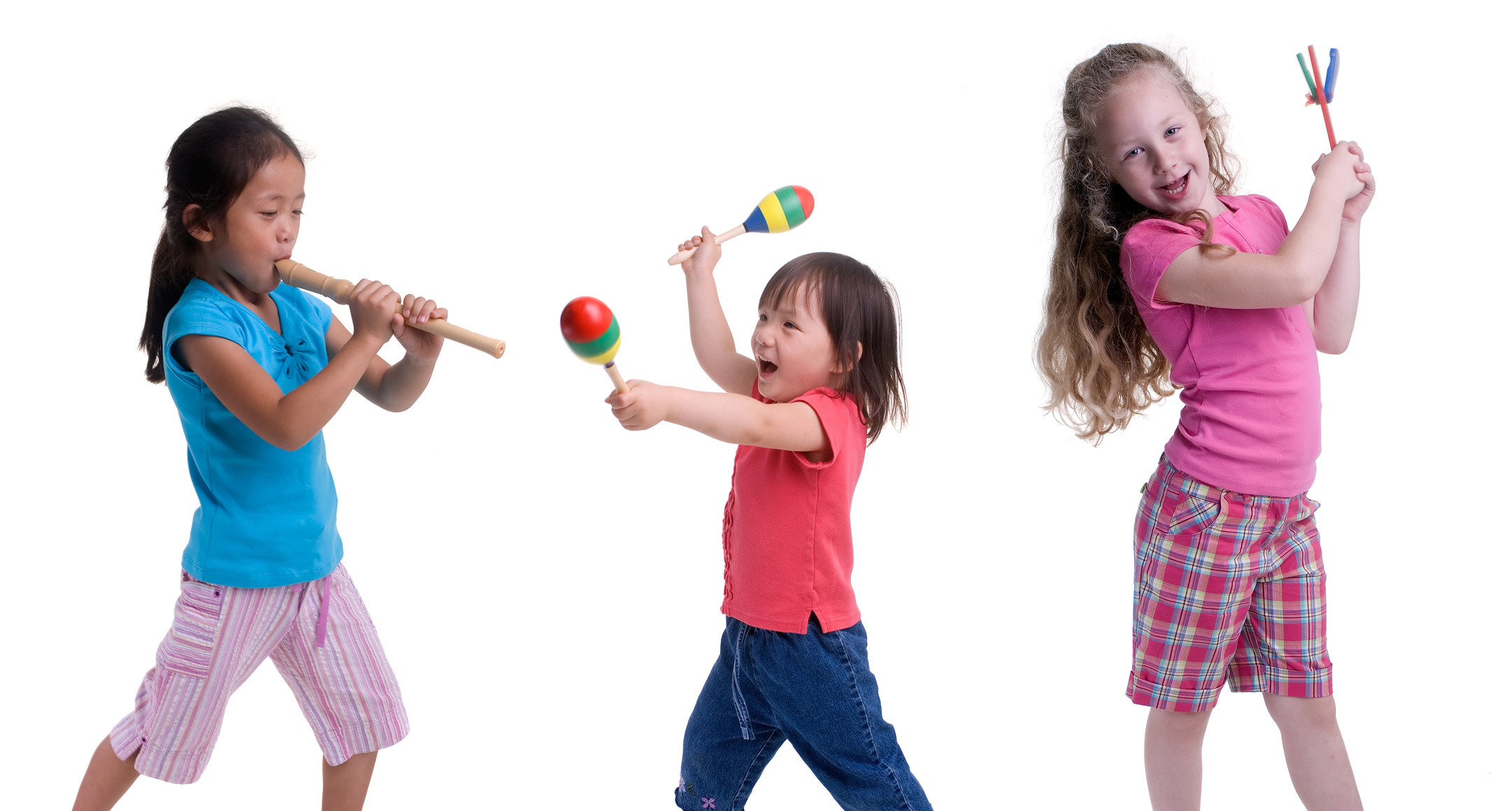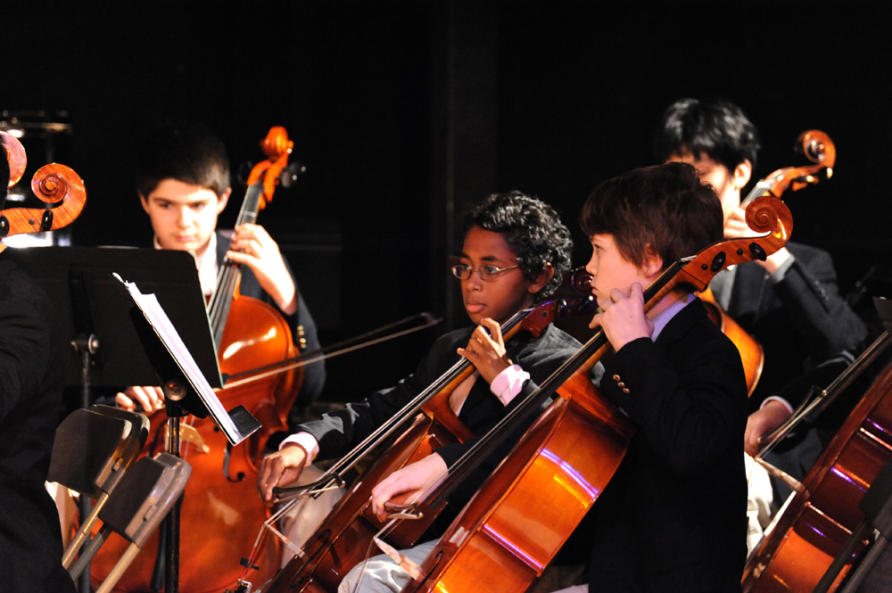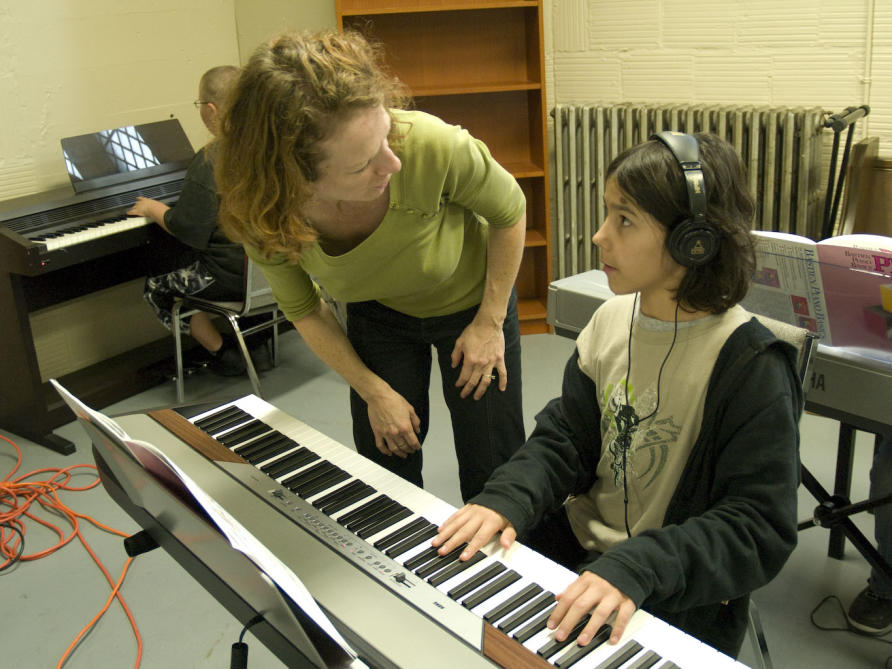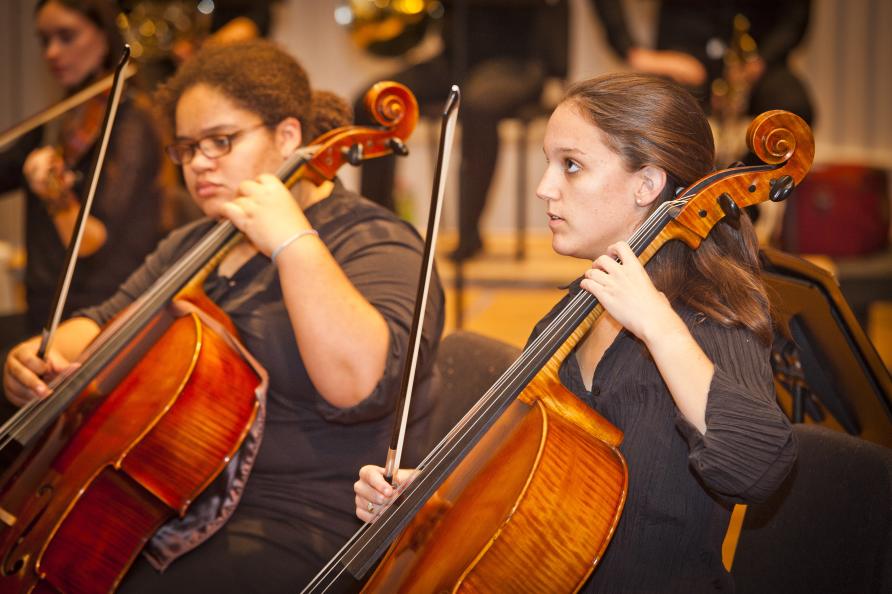
16 Feb The trouble with teaching music in our schools
Why do so many schools have cupboards full of musical instruments gathering dust? Dr Alexander Crooke looks for possible answers.
Musical participation in schools has been increasingly linked to a range of benefits deemed critical for today’s students. This includes fostering creativity, offering unique ways of understanding and interpreting the world, and promoting numerous forms of school engagement.
It is also linked to a number of wellbeing and social justice benefits, such as increased inclusion and connectedness at school and classroom levels, as well as cultivating peacebuilding, diversity and intercultural understanding.
Our ongoing research has identified several important trends.

One major barrier to sustained music programs relates to who actually delivers them. Some argue it should be the generalist classroom teacher, but as over 15 years of research and government reports have pointed out, most have neither the time nor the training to do so.
This speaks to two issues: the first being that space for the arts in generalist teacher-training has been on the decline since the 1990s, with more recent reports claiming it comprises an average of 1.51 per cent of time spent in Victorian preservice courses. This has left teachers who aren’t already musicians under-equipped in terms of both skill and confidence to provide music to their students.
And then teachers must deal with an increasingly crowded curriculum. Few would disagree the emphasis in our current education model on standardised testing, and mandated performance in core subjects like literacy and numeracy, has significantly reduced teachers’ abilities to focus on provision in other areas.
If you then add in all of the other “extras” teachers and schools are expected to provide their students – think Bike Ed, dental vans, science excursions, swimming lessons and more – suddenly teachers are up against the wall. This is not to deny the fantastic work many do to build music into their daily lessons, but in our research, it has been clear these are the exception, not the norm.
Time Poor Teachers
Unfortunately, we found that that, even when teachers who were incredibly supportive of the arts were given intensive support by skilled practitioners to integrate it into their daily teaching, most simply can’t find the time to do it. Others stated that, while in-class mentoring was valuable, this value lay in the fact that sessions provided students access to experiences they couldn’t, and didn’t intend to, provide themselves in their normal classes.

Some may argue the introduction of specialist teachers has addressed this issue.
Specialist teachers are employed, often part-time, to deliver a specific subject that has been deemed too hard to deliver in the mainstream curriculum. In Victoria, this includes things like Languages Other Than English, Physical Education, and education in all art forms.
While this may be a useful model for the schools that can afford them, in the majority of the schools we’ve spoken to over the last six years, it is not a sustainable solution. Faced with the reality of being able to afford only one or two specialists, school leadership has told us they are left to pick and choose which of these specialist subjects they will provide.
Often this comes down to who is available, and what they are willing to do. Furthermore, because of the instability (and what many specialist music teachers report as a significant lack of support, or isolation, from the rest of the school community), these specialists regularly move on, taking the school music program with them.
These factors lay the groundwork for what we call “the exposure model”, whereby schools tend to expose their students to as many diverse arts experience as possible. This is linked to an understanding that, not only is the ongoing provision in one art form unrealistic, but will inevitably reduce students’ access to experiences in other areas.
Clearly, this undermines the stability of music provision, which requires extended, deep engagement to achieve the benefits noted above.
The value of the Arts
The most common factor which underpins all of this at a systemic and cultural level is what participants in our studies have repeatedly referred to as a lack of value for music, and the arts more generally, in our schools and in our society.

Participants have told us this is lack of value exists among teaching staff, school leadership, parents, education departments, the federal government, and in some rare cases, even students. Schools have consistently reported to us that this is one of the biggest hurdles they face in supporting musical provision.
We, and many others, have argued strongly that governments need to go beyond rhetorical support for school music and start providing schools tangible support to provide it. That is why I welcome the Victorian Government’s pledge, to provide $2 million over four years so that every Victorian student has access to music by 2018.
This is a significant step and signals a value shift in the right direction. For this, people like Victorian Labor MP James Merlino should be commended for pushing this funding scheme through and maintaining it one year on.
Yet, we are far from celebration. There is a lot of work to be done in our schools, and in our society before all Victorian schools are really in a position to provide music to students.
The changes required are both structural, and cultural.
We first need to attribute value to music that is comparable to curriculum leviathans like maths and English. Secondly, this needs to demonstrate through education policy structures that place music within the core of the educational experience, rather than an added extra.
Once we do this, then we can expect musical instruments to be used with the same surety as calculators and dictionaries.
Follow Alexander Crooke on Twitter @ahdcrooke and Research Gate.
This article was first published on Pursuit. Read the original article

